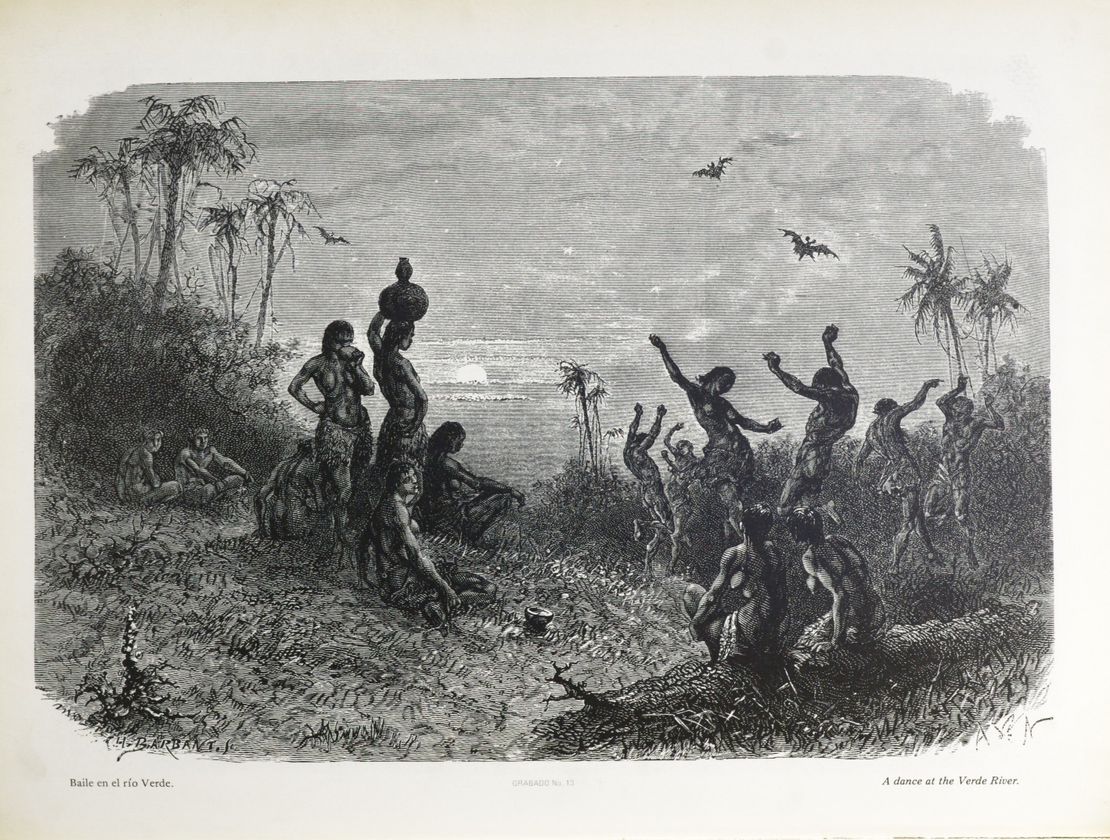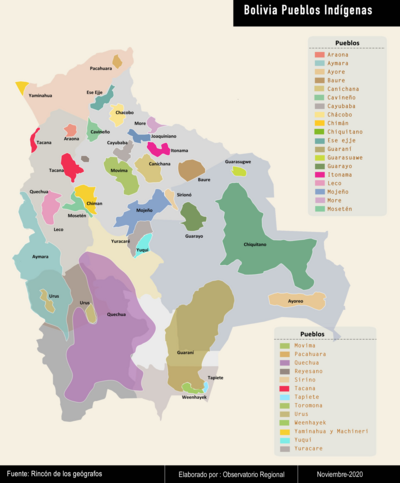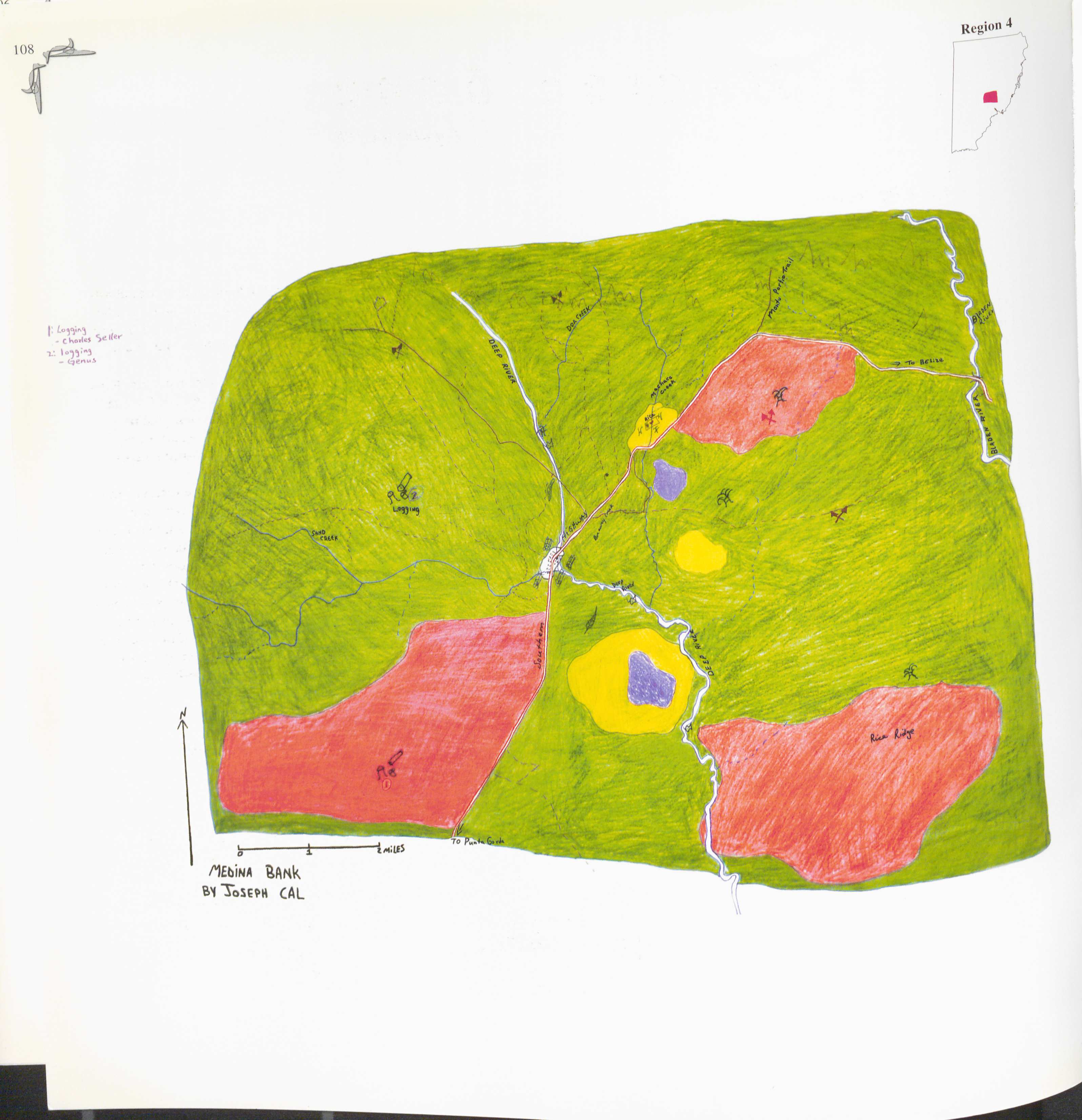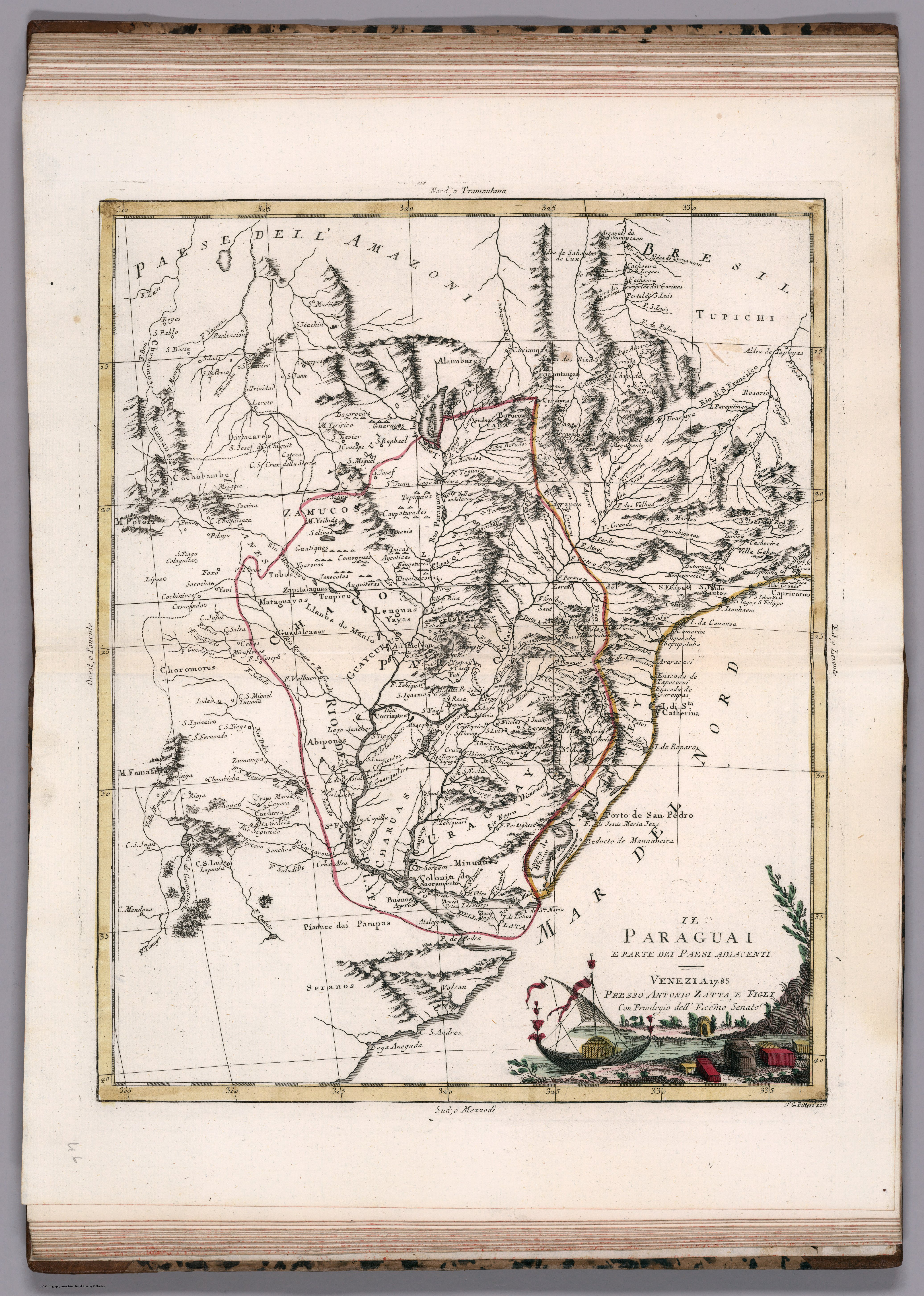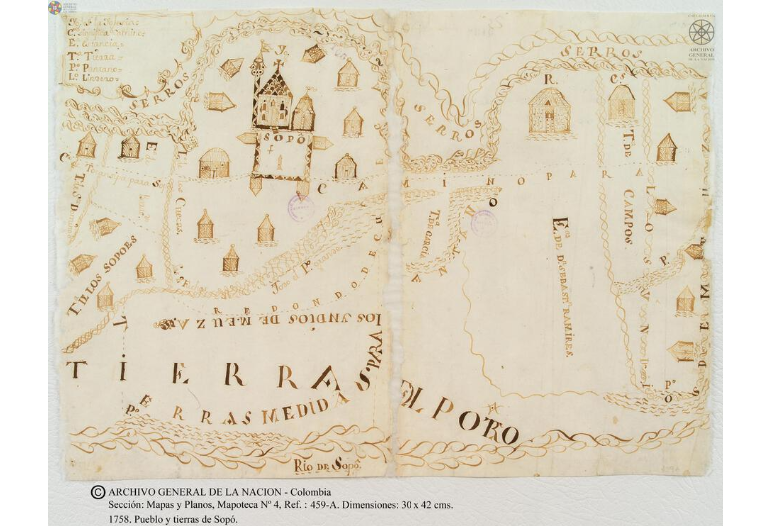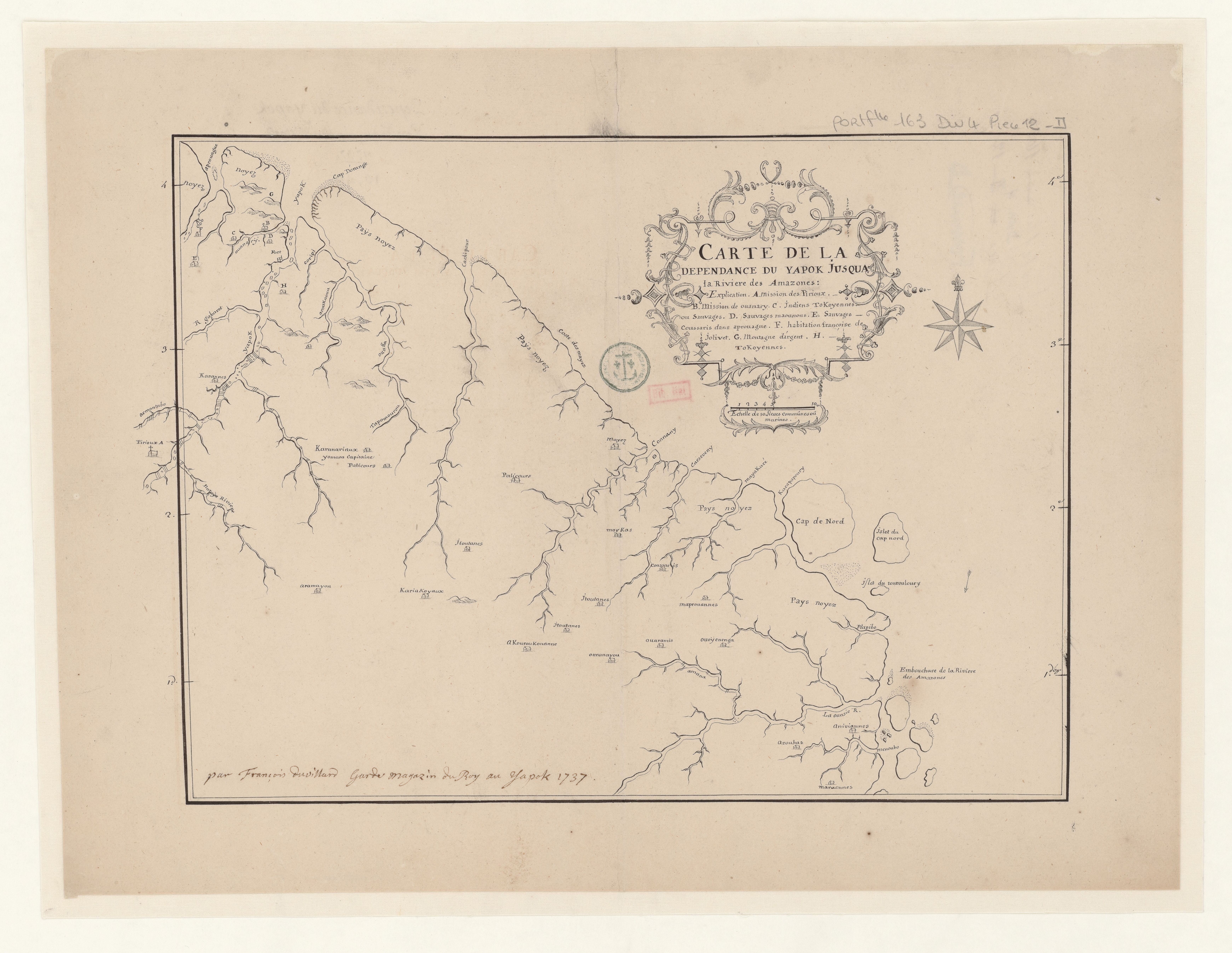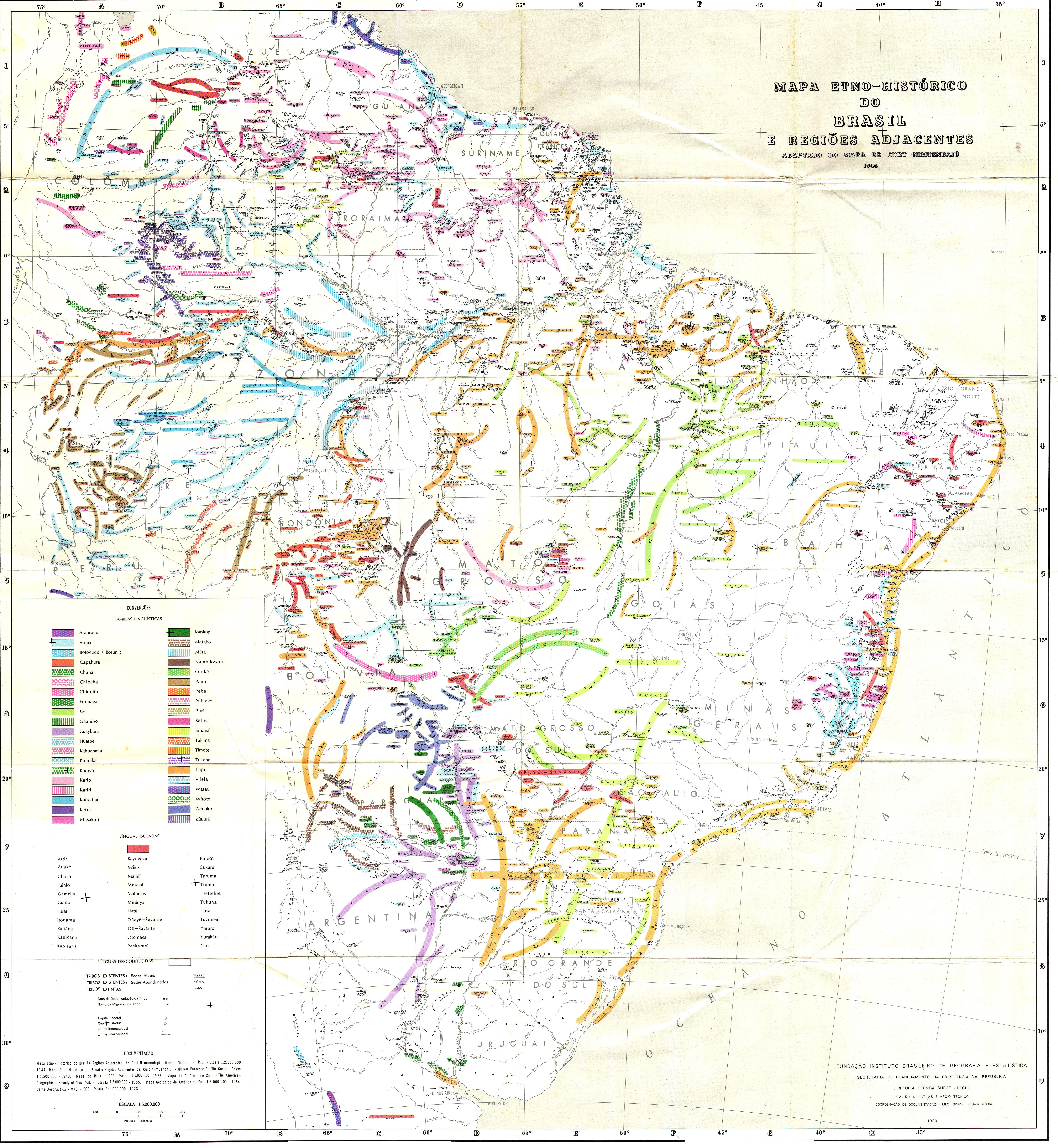Abstract
On April 11, 1843, Cayetano Tello, José Antonio Tascón and Bernabé Rincón led a popular peasant revolt (rebel group comprised of white-mestizo and free people of color) in the canton of Caloto, province of Cauca, Colombia. These “evildoers,” “malefactors,” and “criminals” —labels the Cauca elite would use to refer to them—, armed themselves, rallied and stirred up a rebellion against the government by means of assassinations, threats and looting of haciendas. Their plan was to extend their attacks to Bogotá, but on April 21 of that same year, they were defeated by National Guard troops sent from Palmira, Buenaventura and Popayán. Thirty-five individuals who participated in the revolt —including two of its leaders— were prosecuted, while ten were killed and one, the leader of the revolt named Cayetano Tello, disappeared leaving no trace. The parties to crime were judged according to their degree of participation. Five of them were sentenced to death, 14 were convicted to forced labor, one was pardoned and 15 were acquitted for lack of evidence. Despite the failure of the revolt, the social order that the government and the white elite were trying to preserve continued to be under constant tension due to robberies, holdups, assaults, and murders committed by men who remained hidden in the canton woodland.
The canton of Caloto —located in the geographic area of the Cauca River Valley—, was part of the province of Popayán1. It consisted of seven parish districts: Toribio, Jambaló, Gelima, Celandia, Caldono, Quilichao and Caloto, the latter being its administrative capital. Each parish had smaller administrative units, such as vice-parishes, municipalities, and settlements. The canton was home to large cattle ranches owned by important and influential white families from Popayán, who were also owners of gold mines in Chocó and Buenaventura. The haciendas and mines were their main economic sources, for which they employed mostly enslaved labor from Africa and their descendants. For all other jobs on the haciendas, they would resort to free labor consisting of mestizos and poverty-stricken whites.
Germán Colmenares and José Escorcia point out that, due to the vast extension of these haciendas, the owners did not tap fully into their resources. On the contrary, they limited themselves to using only a few small parcels of land, trying to ensure these were the most fertile and productive.2 These lots were ploughed either by the enslaved people or by the hacienda employees and allocated to growing agricultural crops, while the remaining parcels were used for raising livestock. José Escorcia refers to this layout as the “effective production area”3.
The unused spaces —called “reserve areas” usually covering the most forested, swampy, and remote parts of the hacienda’s productive area— turned into “no man´s lands.” As of the end of the 18th century, these places gradually became inhabited by enslaved cimarrones (runaways), manumitidos (lawfully free Black people), mestizos and indigent whites; people who needed a minimum strip of land to survive.
Largely, the settlement of these people in “no-man´s lands” gave way to the development of a peasantry with multi-ethnic characteristics, living on agriculture for self-consumption and trade. This group obtained economic income mainly from tobacco and liquor produced in artisanal sugar mills, as well as from the sale of beef. However, these products were smuggled, since they were traded without the permission of the canton authorities, and no taxes were paid on them. Additionally, the sale of beef was the result of cattle rustling, that is, the theft of livestock that belonged to the ranchers4.
Since these people would often settle in quite remote and impenetrable places, the authorities almost never succeeded in exercising effective control over their economic practices and livelihoods. For these reasons, the peasant population became “the bane of existence” of every hacienda owner, as well as of the political and religious authorities5.
The peasant population in the area grew due to the arrival of fugitive slaves trying to flee from the chaos that ensued with the outbreak of the wars of independence. The enslaved remained active in their search for autonomy, understood not only as lawful freedom, but also as the possibility of working freely; that is, working autonomously, in their own space and at their own pace. Hence, whenever the caudillo leaders summoned them to swell their ranks and go to war under the promise of freedom, they would go regardless of the heavy punishments that might await if they lost in battle and were sent back to their masters.
This was the case during the War of the Supremes, one of the first civil wars of Nueva Granada (Colombia), which took place between 1839 and 1842. General José María Obando, top or supreme leader of the rebel forces, managed to summon numerous working-class men from the southern provinces, including the enslaved population from the haciendas of Caloto, to confront the Ministerial governing party6. José María Obando mustered the enslaved, promising them freedom if they joined his army, as well as the freedom to produce and commercialize aguardiente (distilled liquor)7.
However, in May 1841, José María Obando was defeated by the government army and was forced to go into exile in Perú. Many of his followers were arrested and killed, while others managed to escape by retreating to the woodlands. They remained in hiding for several months, occasionally committing highway robberies and petty thefts at the haciendas. Of course, the promise of freedom once made to the enslaved had vanished —at least on lawful terms— as many of those who had escaped from the haciendas continued with a de facto freedom, living in secrecy in the woodlands.8
Following the War of the Supremes, the government created and implemented repressive measures to punish those who had sided with José María Obando during the war. The engagement of the black population had been so visible that the white elite feared the beginning of a caste war, and argued that the conflict had occurred due to the increase of free black individuals, not only maroons, but also those who had begun to have access to lawful freedom as of the enforcement of the Free Womb Act of 18219. Considering this, they demanded that the government amended it, deferring the issuance of freedom certificates for another seven years. This meant that they would no longer be free at eighteen years old, but rather at twenty-five. Those who demanded these modifications considered that the enslaved should be taught a trade before obtaining their freedom. Otherwise, “they would not know what to do” and would “devote themselves to vagrancy and crime,” as had been “proven” in the War of the Supremes10.
Faced with this plea, the government enacted the Apprenticeship Act in 1842, creating the figure of concertaje, which forced the future beneficiaries of the Free Womb Act to remain under the power of their mothers’ master, or any other person who would take responsibility over them. The concertaje contract would last seven years. During this time, beneficiaries would learn a trade and work for an employer.11.
In turn, the white and slave-owning elites called for the drafting and implementation of new control measures to end the smuggling practices perpetrated by the people living in the canton woodlands. Among other measures, they required the creation of a gendarmerie force to guard the roads and the places where they suspected tobacco was smuggled.12 Their goal was to insert them into society as hacienda workers*,* yet naturally taking away the autonomy they enjoyed in those areas.
In this scenario, in April 1843, a group of peasants led by craftsman José Antonio Tascón and two of José María Obando´s former guerrillas (Bernabé Tascón and Cayetano Tello), organized an armed revolt against the government, attacking the properties of powerful and influential families in the region.13 The revolt had been planned for three months, allocating time to the selection of strategies and attack targets, the recruitment of more men —both from the haciendas and those living in the woodlands—, and the definition of the route to follow to assail the Bogotá government.
The uprising began on April 11, 1843, the day they attacked four men of the National Guard and a traveler at the site of Quebrada Seca. Subsequently, they made a series of assaults on the Japio, Arrobleda, Potrerillos, Güengüé, Pílamo and Perodias haciendas. They stole kitchen utensils, clothes, blankets, weapons, and beasts, among other useful objects, to support themselves amid their insurrection. They also attacked the administrators —but did not kill them— and destroyed part of the haciendas, to break into the houses and loot them.14
Finally, on April 21, the peasants confronted the National Guard in a site called El Fraile. The Guard triumphed over them as it was well equipped with a larger number of men and weapons, which the group of rebels could not beat. The armed corps of the Government was composed of troops sent from Palmira (80 men), Buenaventura (25 men) and the first-line battalion of Popayán (30 men).15 Several rebels were killed in the attack, 35 were arrested, including two of their leaders, and a few others managed to flee and return to their hiding places in the woodlands.
Following their arrest, the rebels were prosecuted for sedition. The judges considered the crimes of theft, the murders committed in Quebrada Seca, the confrontation at El Fraile site and the incitement of slaves to flee from the haciendas, all of which had disrupted the area´s law and order. The revolt was defined as an armed uprising against the Government. The degree of contributory infringement of those arrested was assessed at each judicial proceeding, and the court decisions were ruled accordingly. Participation degrees were determined for the main perpetrators of the uprising, their accomplices, aiders, abettors, and those apprehended on the spot and on suspicion.
The next table lists the actors, court decisions, and rulings that were passed on the 35 prisoners involved in the revolt and prosecuted for the crime of sedition. It is worth mentioning that other offences such as theft and murder were added to the crime of insurrection and taken as aggravating circumstances for the decisions on penalties to ensue. It is also possible to distinguish a series of appeals for reconsideration to which several prisoners resorted to mitigate their penalties.
| Reference | Prosecuted | First-Instance Decision | Decision on Appeal (Amendment to penalties) |
|---|---|---|---|
| ACC, Fondo República, criminal court section JI-4 cr, file number 181. | José Antonio Tascón, Bernabé Rincón, José Antonio Hoyos Romero, Apolinario Castro | Not recorded in the statement. | In October 1843, an official communication from the judge of Popayán to the judge of the canton of Caloto sentenced the offenders to death and infamy on the counts of murder, robbery and rebellion, as first-degree principals of the events that took place in Caloto in 1843. Additionally, convicts Bernabé Rincón and Apolinario Castro had to pay a fine equal to one fifth of the free value of their property. |
| ACC, Fondo República, criminal court section JI- 3 cr, file number 167. | Antonio Arboleda | On 25 October 1843, after a verdict confirming actual engagement in the crimes of revolt, robberies and murders committed in April 1843, in the canton of Caloto under the leadership of José Antonio Tascón, the offender was sentenced to capital punishment, as per article 146 of the criminal code. | Following the first-instance appeal for reconsideration in November, capital punishment was sustained, along with the offender´s name being held in infamy. Additionally, a fine equal to one fifth of the free value of the property was imposed, as well as the payment of legal costs, and compensatory loss and damages to the victims. The case file stated that the execution was to be carried out in the public square of Caloto as per article 27 of the criminal code. It also mentioned that this should take place on the busiest day in the parish district where the crime had been committed (Quilichao). |
ACC, Fondo República, criminal court section JI-4 cr, file number 181. ACC, Fondo República, criminal court section Box 33, file number 10259. | Alejo Rincón | On grounds of a guilty verdict as a rebel, aider in the robbery of the Potrerillo hacienda belonging to Manuel Camacho, and perpetrator of the theft of a cow from the Tarragona hacienda, the offender was sentenced to 12 years of hard labor in Cartagena. Additionally, he was subject to the penalty of public infamy and to the surveillance of authorities for four years. His official sentence would be read in public, and he should be ordered to pay for all proceedings costs and for compensatory damages. | In 1846, a petition was placed to amend the judgment under the protection of the executive decree dated July 1, 1846, article 1, by which pardon would be granted to all the individuals who had taken part in the revolution that began in 1839 and ended on December 31, 1845. For this reason, the offender was released on June 25, 1846, after taking advantage of this reconsideration and pardon. |
ACC, Fondo República, Inactive Archive, Package 38, case file 40. ACC, Fondo República, criminal court section Box 135, file number 15980. | Mateo Cruz, Víctor Cruz, José Alberto Zamora, José Eusebio Rivera, José Benito Pardo | On January 26, 1844, offenders were found guilty of third-degree sedition, and sentenced to 2 years of hard labor in Cartagena, indemnity for costs and compensatory damages. As for the offense of theft, the judges did not stay the proceedings. The offenders were not convicted of theft. | On February 10, 1844, in agreement with the Court of the Judicial District of Cauca, offenders were found guilty of the crime of third-degree rebellion and sentenced to 4 years of hard labor in Cartagena, and to pay jointly for all proceedings costs and caused damages. They were acquitted of the charges of robbery and wounding of Mateo Cruz and José Eusebio Rivera. |
| ACC, Fondo República, criminal court section JI-4 cr, file number 181. | Julián Arboleda Leandro Ortiz, José Toribio Vergara, Silvestre Patiño, Pascacio Salgado, José Ramón Castillo | In October 1843, an official communication from the judge of Popayán to the judge of the canton of Caloto ordered the public shaming and 12 years of labor in Chagres, along with the payment of proceedings costs. | |
| ACC, Fondo República, criminal court section JIV-7 cr, file number 3800. | Baltazar Vinasco, Rafael Ramírez, Lucas Caycedo Diago | In the second half of 1843, possibly in October, the crime was classified as third-degree, and offenders were sentenced to 4 years of hard labor in the same establishment in Chagres and were ordered to pay joint costs and compensatory damages. Between May and July 1846, their submitted requests for a mitigation of punishment and an abridgment of damages were denied. | |
| ACC, Fondo República, criminal court section JIV- 7 cr, file number 3800. | Manuel Joaquín Manzano, Ángel María Reyes, Vicente Nieva, Juan José Mosquera, Ramón Zorrilla, Ambrosio Escobar, Joaquín Escobar, Joaquín Barona, Manuel Samaniego, Pedro Juan Valencia, Domingo Solarte, Francisco Ortiz and Marín, Liborio Espinosa, José Romualdo Tejada and Manuel Espinosa | They were acquitted in the second half of 1843, following criminal proceedings for their possible involvement as suspects/accomplices in the April 1843 uprising in the canton of Caloto. The evidentiary proceedings did not yield legally sufficient evidence for them to be sentenced and convicted. | |
Finally, it is worth noting that this revolt was not an isolated event in the Cauca region during the 19th century. The War of the Supremes was the main leading event for this group of men to organize and continue opposing the repressive measures imposed against the autonomy of the peasant population. After the revolt of April 1843, those who managed to flee to the woodlands continued robbing travelers on the road, stealing cattle from the haciendas and illegally selling the tobacco and aguardiente liquor they produced. In general, this population remained active and ready to take advantage of any opportunity that came their way to improve their livelihoods. The actions taken by the low-income sectors were significant to stir the creation of new rights in their favor. This led to the liberal reforms in the middle of the century. Thanks to negotiations held between the Black population and liberal leaders, the concept of citizenship was broadened — opening political participation for Black people — and tobacco began to be lawfully and freely traded.
Most importantly, the enactment of the Act on May 21, 1851, abolished slavery across the country.16
References
Archivo Central del Cauca (ACC), Fondo República, Criminal Court section, file number 15980.
El Payanés, No 8. April 20, 1843.
El Payanés, No. 9. April 21, 1843.
El Payanés, No. 10. May 4, 1843.
Colmenares, Germán. 1975. Cali: terratenientes, mineros y comerciantes. Cali: Universidad del Valle.
Díaz Casas, María Camila. 2015. Salteadores y cuadrillas de malhechores. Una aproximación a la acción colectiva de la ‘población negra’ en el suroccidente de la Nueva Granada, 1840-1851. Popayán: Universidad del Cauca Press.
Escorcia, José. 1982. “Haciendas y estructura agraria en el Valle del Cauca, 1810-1850”, Anuario Colombiano de Historia Social y de la Cultura 10: 119-138.
Mejía Prado, Eduardo. 1993. Origen del campesino vallecaucano. Siglo XVIII y siglo XIX. Cali: Universidad del Valle.
Sanders, James. 2017. Republicanos indóciles. Política popular, raza y clase en Colombia, siglo XIX. Bogotá: Plural Ediciones Press.
Prado Arellano, Luis Ervin. 2007. Rebeliones en la provincia. La guerra de los supremos en las provincias suroccidentales y nororientales granadinas 1839-1842. Cali: Universidad del Valle.
Restrepo, Eduardo. 2012. “Medidas abolicionistas en la Nueva Granada, 1814-1851”, Ciencias Sociales 9: 235-272.
Rudé, George. 1971. La multitud en la historia. Los disturbios populares en Francia e Inglaterra, 1730-1848. México: Siglo XXI Editores Press.
Valencia Llanos, Alonso. 2008. Marginados y sepultados en los montes. Orígenes de la insurgencia social en el valle del río Cauca, 1810-1830. Cali: Universidad del Valle.
Popayán consisted of two other cantons: Almaguer and Popayán. Popayán was its capital. ↩︎
Germán Colmenares, Cali: terratenientes, mineros y comerciantes. (Cali: Universidad del Valle, 1975), 56. ↩︎
José Escorcia, “Haciendas y estructura agraria en el Valle del Cauca, 1810-1850”, Anuario Colombiano de Historia Social y de la Cultura (1982): 132. ↩︎
Alonso Valencia Llanos, Marginados y sepultados en los montes. Orígenes de la insurgencia social en el valle del río Cauca, 1810-1830. (Cali: Universidad del Valle, 2008), 53 - 62 ↩︎
Eduardo Mejía Prado, Origen del campesino vallecaucano. Siglo XVIII y siglo XIX. (Cali: Universidad del Valle, 1993), 30. ↩︎
The Ministeriales were a political group that advocated a centralist form of government, taking away autonomy from the governments of the provinces. In opposition to this group, the Exaltados were organized, well aligned with the political ideas of Francisco de Paula Santander, preferring a decentralized government model. ↩︎
Luis Ervin Prado Arellano, Rebeliones en la provincia. La guerra de los supremos en las provincias suroccidentales y nororientales granadinas 1839-1842. (Cali: Universidad del Valle, 2007), 194-195. ↩︎
Prado, Rebeliones en la provincia, 196. ↩︎
This act established that the sons and daughters of enslaved women born after 1821 would be free, but their lawful freedom would be granted at the age of eighteen. In the meantime, they were to remain under the guardianship of the mother’s master. ↩︎
El Payanés, No. 10. May 4, 1843. ↩︎
Eduardo Restrepo, “Medidas abolicionistas en la Nueva Granada, 1814-1851”, Ciencias Sociales, n°9 (2012): 253. ↩︎
El Payanés, No. 10. May 4, 1843. ↩︎
“George Rudé defines revolt as the characteristic and recurrent form of popular protest; a form that can eventually transcend and become rebellion or revolution. It is, furthermore, an expression of nonconformity typical of pre-industrial society, which manifests in the form of riots involving individuals organized in roving bands, “captained” by men “whose personality, dress or speech, and temporary assumption of authority, mark them out as leaders.” George Rudé, La multitud en la historia. Los disturbios populares en Francia e Inglaterra, 1730-1848 (México: Siglo XXI Editores Press, 1971), 8 ↩︎
El Payanés, No 8. April 20 1843; El Payanés, No. 9. April 25, 1843; Archivo Central del Cauca (ACC), Fondo República, Criminal Court section, file number 15980. ↩︎
El Payanés, No. 9. April 21, 1843. ↩︎
In this regard, please see: James Sanders, Republicanos indóciles. Política popular, raza y clase en Colombia, siglo XIX. (Bogotá: Plural Ediciones Press, 2017). ↩︎
